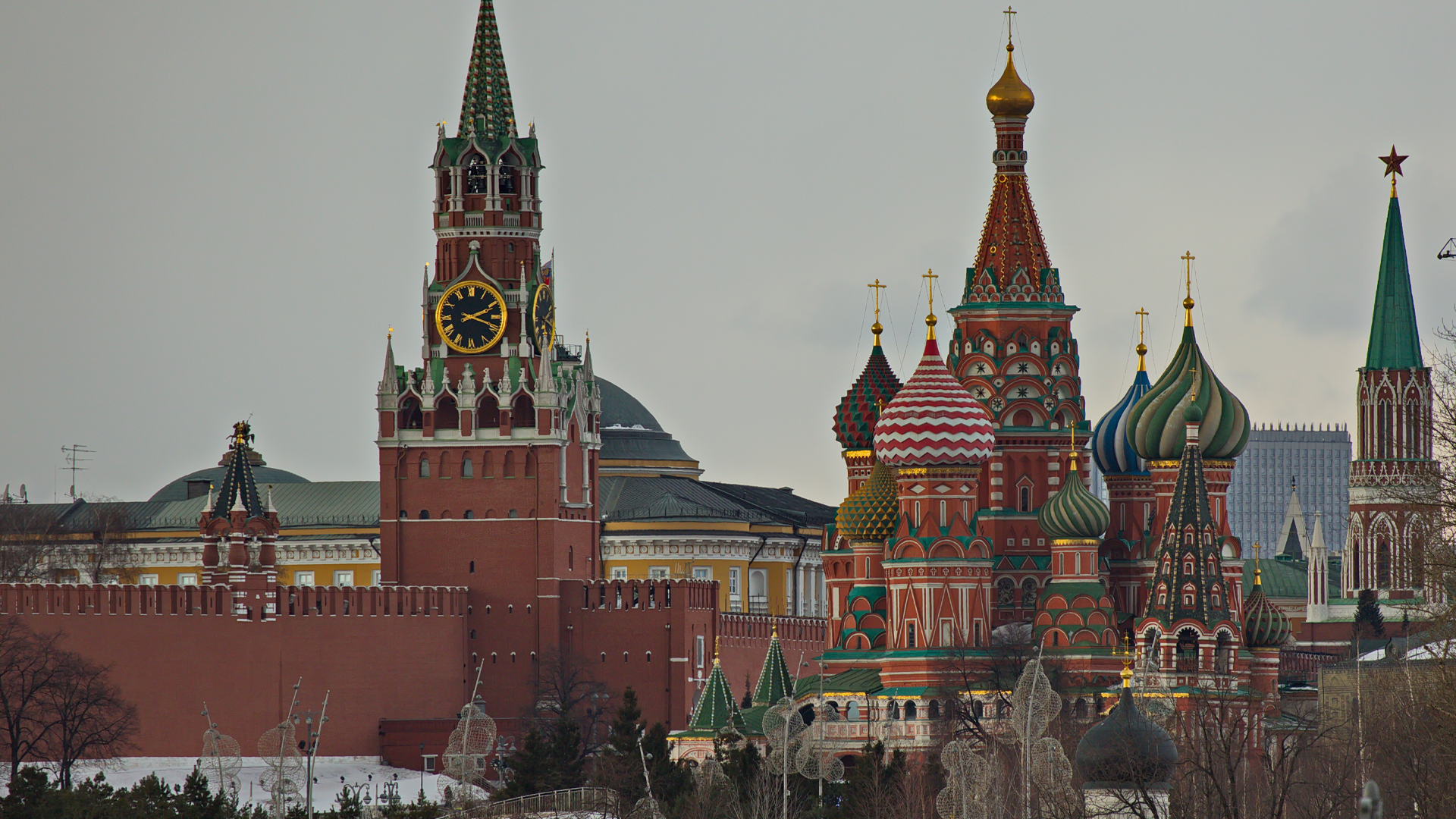
In October, the Norwegian Police Security Service arrested a man living under the false identity of a Brazilian named José Assis Giammaria. He was a self-funded visiting researcher focused on Arctic security at the University of Tromsø and was suspected of being an “illegal” – a Russian intelligence officer. This is at least the fourth time a Russian allegedly operating under deep cover has been exposed recently.
The investigative journalism collective Bellingcat says evidence strongly points to the man arrested in Norway being no less than a colonel with Russia’s military intelligence, the main directorate of the general staff of the armed forces (GRU). Prior to moving to Norway, Giammaria spent many years in Canada, arriving perhaps as early as in 2010. He graduated with a bachelor of arts in political science degree from Carleton University and with a master’s degree in strategic studies from the University of Calgary. He even volunteered for the federal NDP candidate in Nepean, Ontario, in the 2015 election.
Soon after the arrest, the University of Calgary released a statement saying Giammaria had not had access to classified information. Canadian national security expert Stephanie Carvin added that he might have just been in Canada to build his “legend,” the fake identity or backstory illegals use, like many Russian spies before him.
Don’t give more powers to CSE until it submits to effective review
Canada can improve its multi-agency approach to global threats
Yet, the man studied at two of Canada’s leading universities in strategic studies, political science and international relations. As a political science undergrad, he potentially had access to graduate students attending the Norman Paterson School of International Affairs at Carleton.
He also authored an article in the Canadian Naval Review arguing for Canada to establish a permanent base in the Arctic, a region viewed by Russia as a critical component of its national security.
This is all significant because Giammaria may have generated a great deal of social contacts during his stay in Canada. This should not be ignored. What if the information – to which he may or may not have had access – is of no importance? What if, instead, he was in Canada to identify people who would have been of interest to the GRU?
Illegals are unique to Russia. It is the only country that changes the nationality of its officers, that builds extensive legends for them and, most notably, sends these officers on a mission lasting decades if not for life. They are individuals operating for an extended period of time under a false identity not associated with their native country or an entity affiliated with that state. They differ from intelligence officers posted abroad under what is called a “legal” cover, that is being employed as a diplomat under civilian or military cover – the military attaché and its staff – in an embassy, at a consulate or in an international organization.
Since the 1920s, two Russian intelligence agencies have operated programs for illegals –the GRU and the Foreign Intelligence Service (SVR), the successor of the first chief directorate of the Committee for State Security, the infamous KGB. According to The Guardian, at any given time, there are only between 10 and 30 Russian illegals operating around the world. The German newspaper Der Spiegel reported that the Russian SVR and GRU operate together as few as 70 illegals compared with about 3,000 and 1,000 officers respectively posted under “legal” cover. At least 15 such illegals are known publicly to have lived or travelled through Canada.
The main mission of the illegals is not to infiltrate security services of target countries or to steal classified intelligence. Instead, they “talent spot” for individuals who might have such access or who may hold influence in their field. These people could then later become the target of recruitment attempts by the illegals themselves or, most likely, by other officers employed by their agency.
Illegals are also asked to provide information, details and assessments on topics of interest such as political, cultural, industrial or military that would not be easily accessible to officers operating under “legal” cover. Consequently, they are encouraged to engage with educational institutions, think tanks, political parties and financial organizations.
As the British journalist Gordon Corera notes in his book on Russian illegals deployed to the United States: “human intelligence is about people – people who have access to secrets, to power, and to influence. The job of the illegals was to find those people.”
In the three most recent public cases, the alleged GRU illegals were most likely charged with this mission.
The first is an officer who attempted to infiltrate the International Criminal Court in The Hague after having spent time as a student at the Johns Hopkins University School of Advanced International Studies, an institution attended by American officials and intelligence professionals.
The other is a businesswoman living close to NATO’s Allied Joint Force Command in Naples, Italy, where she was managing a charitable organization visited by American and Allied officers.
The third is a Russian businessman living with his wife in Sweden who has allegedly spied against the United States since 2013 and Sweden since 2014. The couple has owned several companies involved in ship and aircraft equipment, IT services and finance. Swedish authorities have not said he is affiliated with the GRU, but one of the man’s companies is now held by a former GRU officer. Moreover, the address of a residence registered under the man’s name in Russia is allegedly associated with the GRU.
Before being deployed to their main target country, the illegals are generally first sent to stepping-off locations for many years to consolidate their legend, something a former GRU officer has written about. Canada is one of these locations. Yet, some are active and operational during this period.
In the 1950s, for instance, a KGB illegal dispatched to Canada with the mission to later move to the United States remained on Canadian soil instead due to his success in recruiting sources, including a man working on a then-secret military plane, the Avro Arrow.
In 1977, another illegal sent to Montreal to obtain an American birth certificate was also redirected to collect information on the attitude of the Quebec sovereignty movement toward the rest of Canada.
The illegals, being in transit or not, are of great help to Moscow to maintain an intelligence presence in a country where the Russian diplomatic footprint is small or the number of intelligence officers under “legal” cover is shrinking.
In Canada, the GRU’s “legal” presence had been eroded during Giammaria’s time here. In 2012, two Russian diplomats, including an assistant military attaché, and four embassy technical staff, were reportedly sent back to Russia. In 2014, an assistant military attaché at Russia’s embassy in Ottawa was also expelled.
Finally, in 2018, in retaliation for the poisoning of former GRU officer Sergei Skripal in the United Kingdom, three intelligence officers from the Russian consulate in Montreal allegedly involved in cyber operations were asked to leave Canada. This is not to mention the possibility of other officers who might have had their visas denied in the wake of these expulsions.
Canada – being a NATO member, a NORAD contributor, America’s closest neighbour and an Arctic nation – is undeniably a country of interest to the GRU. With its reduced presence, Russia’s military intelligence has many reasons for using an illegal officer deployed here, in transit or not, to “talent spot” for potential recruits within Canadian institutions, especially in places where future government officials are trained.
With so few Russian illegals in operation, it would be a waste for Russia to send an officer abroad for them to remain non-operational for so long. It must therefore be assumed that Giammaria was active during his time here. The contacts he may have developed and the places he may have attended therefore should be considered as potential future targets for Russia’s military intelligence.
Secret law used by security establishment threatens public trust
Pandemic gives security and intelligence community an urgent new mission
Given that three alleged GRU illegals were recently identified by European security services and one was uncovered by Bellingcat, there is a possibility Giammaria was already known to Canadian authorities. If so, they would have been either tipped off by a foreign partner with a well-placed human source, or through thorough investigative work. If indeed he was on their radar, we must hope people around him holding sensitive functions were being informed and kept at a safe distance.
If on the other hand Giammaria managed to enter Canada and study here undetected, Canadian authorities should consider using better indicators to filter out potential illegals during their immigration process.
Patterns have emerged from the recent cases of illegals that could be used and Bellingcat has demonstrated that advanced open-source techniques and leaked databases can help in this work. Only then will Canadians be protected from Russia’s deep cover intelligence operations.










